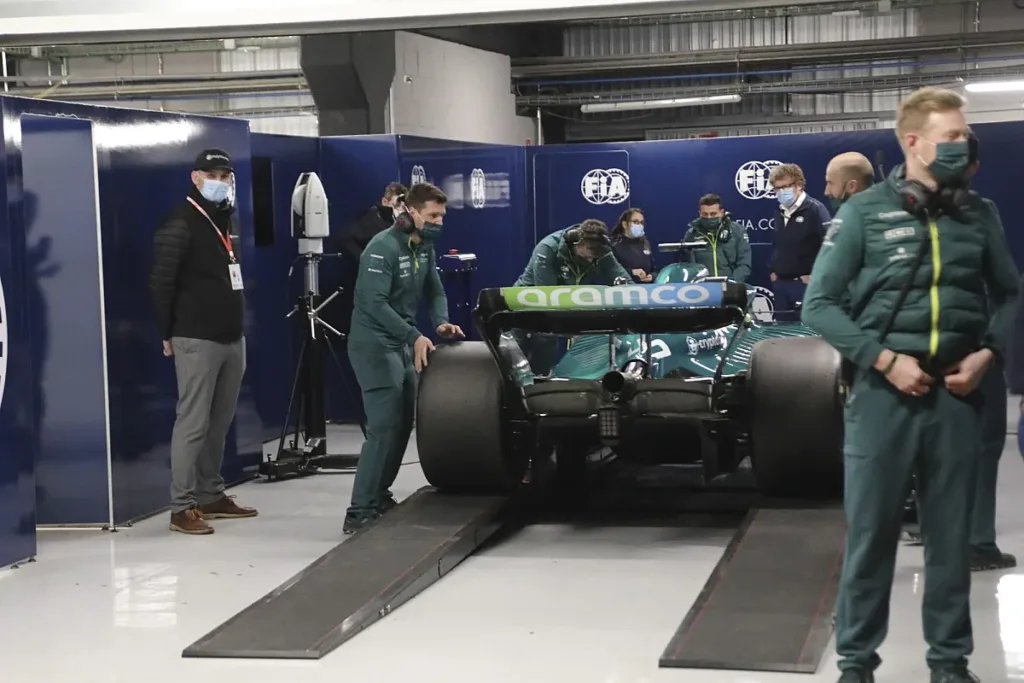FIA Enhances Scrutineering Process with Advanced Laser Scanning Technology in Formula 1
Introduction of Ground Effect Cars Prompts New Scrutineering Measures
In response to the introduction of ground effect cars in the 2022 aerodynamic rules reset, the FIA has implemented a new scrutineering process to ensure teams comply with the regulations. This move aims to promote fairness and transparency in the sport. As part of this initiative, the FIA has integrated laser scanning technology into its scrutineering process, which has been instrumental in detecting discrepancies in car designs.
Laser Scanning Reveals Non-Compliance in Williams’ Car
A recent example of the laser scanning system’s effectiveness was evident in the disqualification of Alex Albon from qualifying for the 2024 Dutch Grand Prix. Despite Williams’ own measurements deeming the floor legal, the FIA’s laser scans revealed non-compliance with the regulations.
Comparison of CAD Data and Physical Scans
Since 2022, teams have shared their CAD data with the FIA, which is then compared to laser scans of the physical car to ensure correlation. This advanced technology has become essential, as traditional metal cut-outs used to check aero parts are no longer suitable for the new generation of Formula 1 cars.
Verification Process on Race Weekends
As per the existing protocol, teams provide the FIA with pre-event data on their cars, attesting to their compliance with the rules. The FIA then conducts random scans throughout the race weekend to verify that the physical car matches the digital data.
“The aerodynamic regulations have become quite a lot more complex… Because of that, we needed to up the game on checks, so we have gone for a fully electronic state-of-the-art scanning system.” – Nikolas Tombazis, FIA head of single-seater matters
Additional Physical Tests and Measurements
In addition to laser scanning, physical tests are still conducted on the rigs in the FIA garage at each race to ensure wing and floor flexing compliance. Other checks, such as the DRS-opening space measurement, are also performed.
The FIA’s Laser Scanning Process
The FIA’s laser scanning process involves a track that detects the position of a device held by scrutineers, who scan the surface of the car or check specific points against CAD coordinates. This allows them to draw conclusions about the car’s compliance.
Tombazis revealed that the FIA hopes to eventually conduct quick scans on all cars across a race weekend, but emphasized that they are still learning about the process, particularly in a race weekend environment. More detailed scans will take place on a random basis, with a couple of cars per race selected for scanning.
Promoting Compliance and Fairness in Formula 1
The FIA’s enhanced scrutineering process has been working effectively so far, promoting compliance and fairness in Formula 1. As the organization continues to refine the system, it marks a significant step forward in ensuring the integrity of the sport.
🔗 Source
